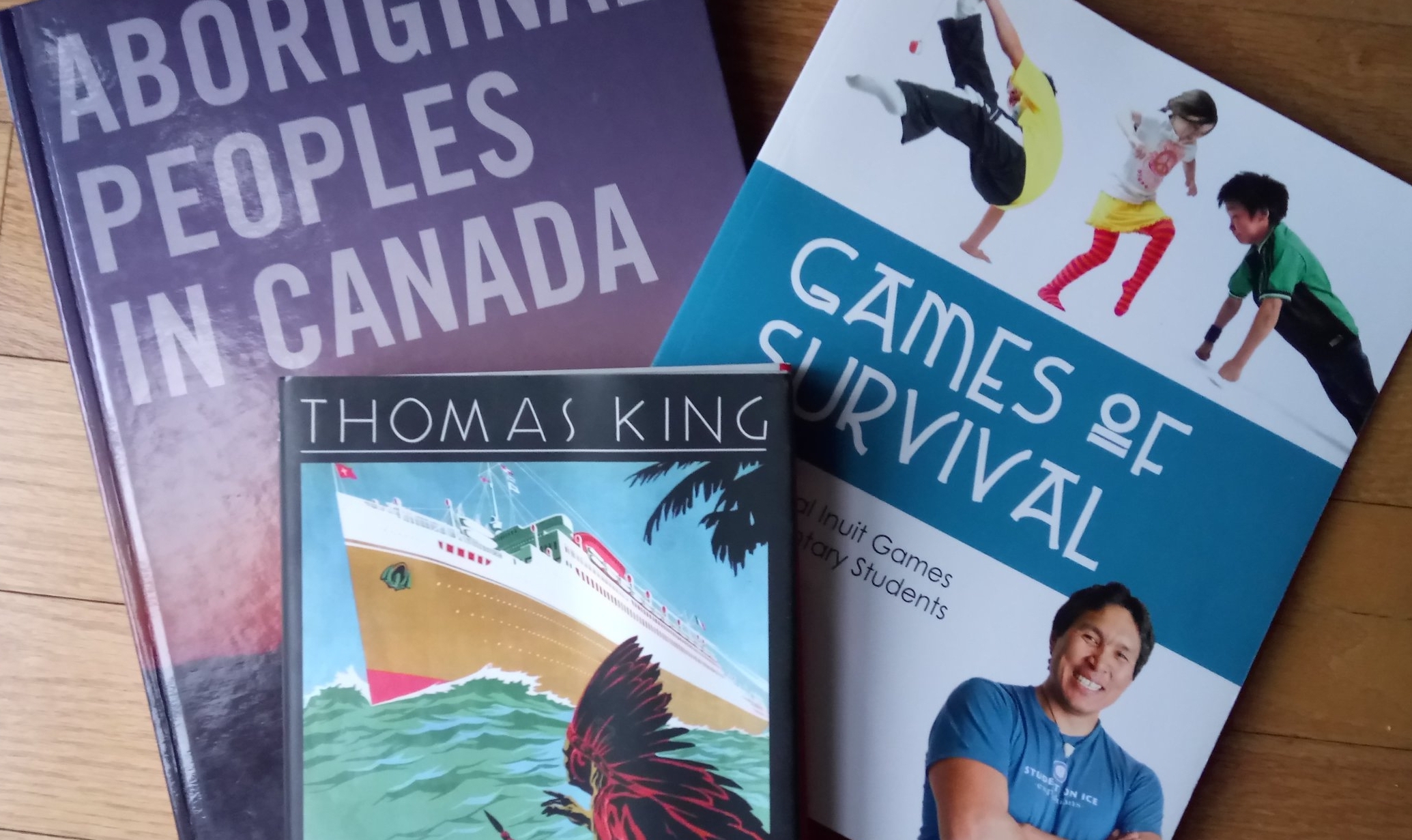There has been a lot of buzz (see what I did there?) around Blackflies, Robert Munsch's first book set on reserve, specifically located in Northern Alberta. The illustrations were done by Jay Odjick, who is Algonquian from Kitigan Zibi First Nation.
Read moreReading "When We Were Alone" with students
I'm in the first two weeks of a new semester at OISE/UT and the teacher candidates in my classes are questioning "what age can and SHOULD we begin to discuss uncomfortable subjects with our students?" What I love about When We Were Alone (written by David A. Roberston and illustrated by Julie Flett [Cree-Métis]) is that after reading it, candidates immediately began to see how a subject like Residential Schools can be approached in an age-appropriate way.
I love this book for so many reasons, beginning with the warm and comfortable relationship between the young girl and her kokum (grandmother) who are engaged in conversation propelled by questions from the child throughout the story. I also love that as kokum tells of being separated from her brother or having her hair cut off at school, she shares ways that her and her friends came together in moments of peace, connection, and resistance when they found themselves alone and unsupervised in the school.
Still unsure about teaching this content to young children? View this video attached to the Parent/Teacher guide (explained below) which features the use of the book in a real grade 1 classroom. I especially liked the discussion between the author and the teacher about how she answers potentially difficult questions from the students, and what information she does not share with them.
If you want to use this book in your class, check out these additional resources:
- The publisher of this book, Portage & Main Press, has a FREE Parent/Teacher Guide you can access here which includes an interview with grade 1 teacher Pamela Dirksen from Winnipeg, Manitoba, discussing her use of the book in class.
- You can watch the Cree Pronunciation video (embedded below) with your students to learn more about the meaning and proper way to say the words included in the text.
Interview with an Educator - Kasia Niewiadomski, 5th grade teacher
Interview #2 in the Listen & Learn Teacher's Series is with Kasia Niewiadomski, a 5th grade teacher at Bakersfield Public School. Learning about Indigenous peoples and communities is a mandatory part of the 5th grade curriculum, and Kasia spoke to me about doing her best to go beyond the documents to teach about stereotypes and emphasize the diversity of Nations on Turtle Island.
My favorite part of our discussion was around the complexities that arise when speaking to ten-year-old children about Residential Schools and other forms of oppression, and the results of her attempts to have the students share their emotions about their learning.
Kasia also bravely spoke about what happens when we make mistakes as teachers, and how she keeps pushing the boundaries of her teaching. Like many of us, Kasia is grappling with the uncertainty that comes from learning information about Indigenous topics and Canadian history that are new.
I'd love to know what you took from my chat with Kasia! Email me with your feedback!
Questions to Consider
- How can I encourage my students to reflect on their emotional reactions in relation to Indigenous content?
- What subjects do I feel are not to be covered with my students? Is that about my discomfort or theirs?
Two Short Documentaries
Two CBC documentaries caught my eye this month.
Karihwanoron: Precious Things (14:22).
This short film focuses on the Mohawk immersion program Karihwanoron located in the Kahnawake Mohawk Territory in Quebec. If you are interested in discussing language preservation with your students, or want to highlight contemporary images of resistance and resilience, this is a great place to start.
Young students might find the first few minutes which focus on the daily experience of Yagorihwanirats, a young Mohawk child, relatable.
Headdress (5:45) by JJ Neepin (Fox Lake Cree Nation) reflects on the importance of the headdress to her ancestors and her identity. Also check out JJ's article Why I made the 'Headdress' for additional commentary and context.
If you are teaching about the appropriation of the headdress in contemporary population culture, this documentary could serve as a short but powerful perspective.
Under One Sun - Teaching Treaties in Kindergarten
Two sample copies I was sent from Nelson
These resources are designed to introduce our youngest students to concepts related to Treaties, and with that, I was completely hooked. From my work with teachers, I know many of us struggle finding resources and ideas to incorporate Indigenous perspectives in the youngest grades.
Read more



